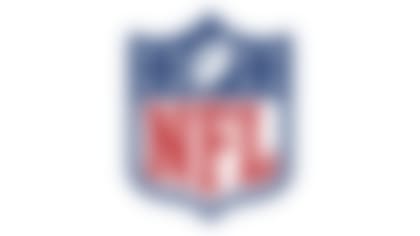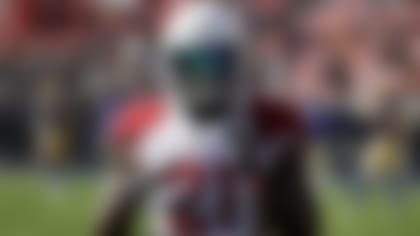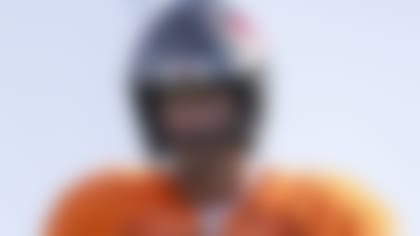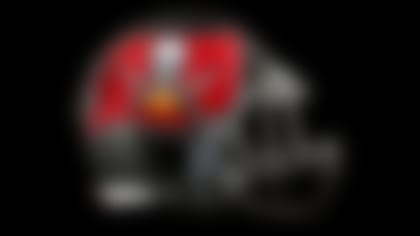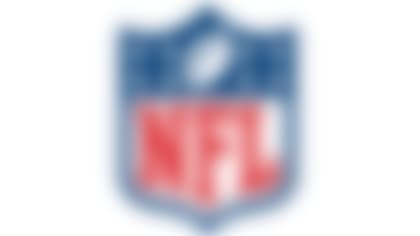The NFL and the NFL Players Association released their ranking of helmets and told teams this week that 99.5 percent of all players used helmets in 2019 that were rated as top performers in laboratory tests that simulated concussion-causing impacts sustained by players during games. That means that just a handful of players -- fewer than 10 -- is wearing a helmet that, while still permitted, is not recommended.
In recent years, with a focus on reducing the number of concussions and an emphasis on improving helmet technology, players have swiftly moved toward helmets that did the best in safety tests. By the end of the 2018 season, 74 percent of players had worn top-performing helmets, and that was a 50 percent increase from the year before. In 2019, for the first time, no players were allowed to wear helmets that performed so poorly in tests there were listed as prohibited, even if the players had worn those helmets in the past. When the 2018 season began, 17 percent of players were still wearing prohibited helmets.
"We went from 41 percent in top performing helmets to 99-plus percent today," said Jeff Miller, the NFL's executive vice president of health and safety. "Unquestionably, there was some element of challenge in the transition for some players. But since that time, over the last two years, as a result of the hard work of the PA, equipment staff, and trainers, this has become a bit of a culture shift. I would anticipate players will be more willing to shift."
Players have undoubtedly been persuaded to use better helmets by the league and union reporting that an analysis of helmets worn by players since 2015 showed the likelihood of concussion is less as players moved up the ranking into the top-ranked group of helmets. That data has been not been made public, but has been compiled for peer review.
"From the P.A. perspective, this has allowed us to have a conversation about players owning, and playing a role in their safety decision," said Dr. Kristy Arbogast, the union's engineering consultant and the co-scientific director of the Center for Injury Research and Prevention at Children's Hospital of Philadelphia.
That change has also encouraged a wave of innovation from helmet manufacturers that is reflected in the helmet rankings for the 2020 season. The top two helmets in the tests, both made by Riddell, use 3D scanning of a player's head to create helmets and padding that are customized for each player.
Four of the top 10 tested helmets for 2020 are new -- their high ranking comes strictly from laboratory testing, because they have not yet been used on the field. Last season, six of the top 11 helmets tested were new.
Follow Judy Battista on Twitter at @judybattista

